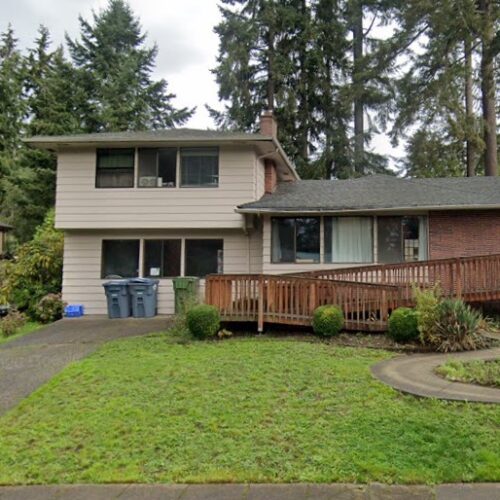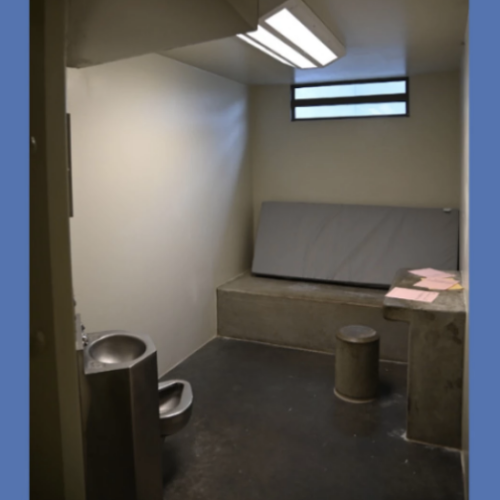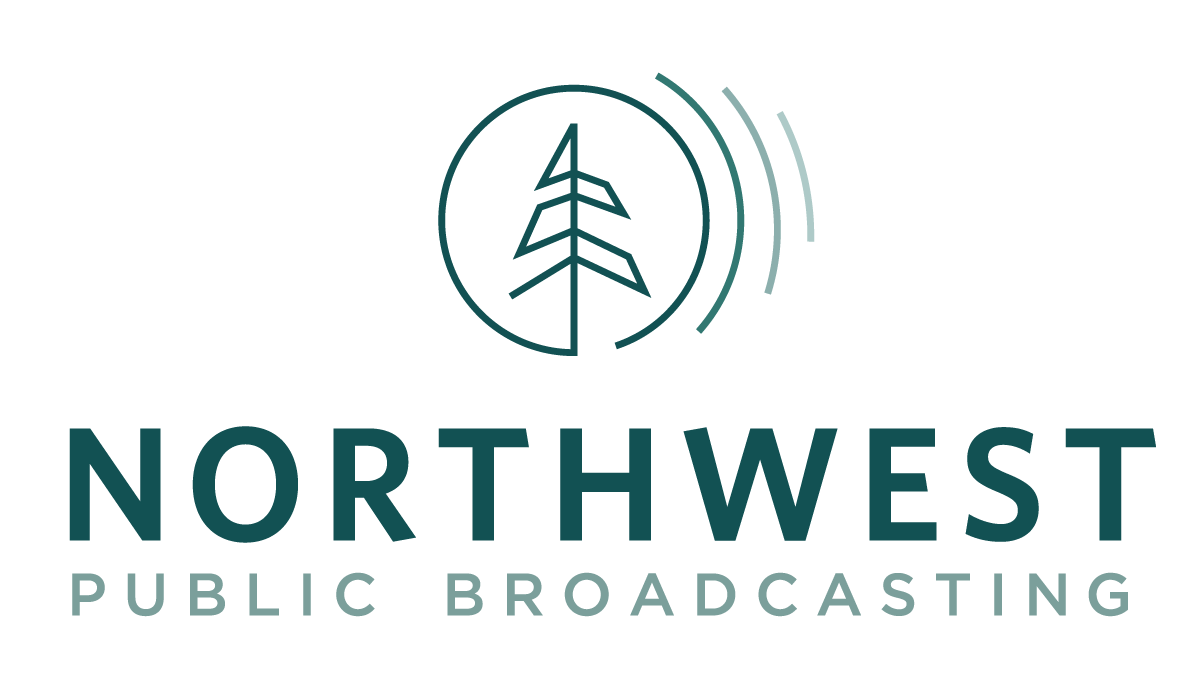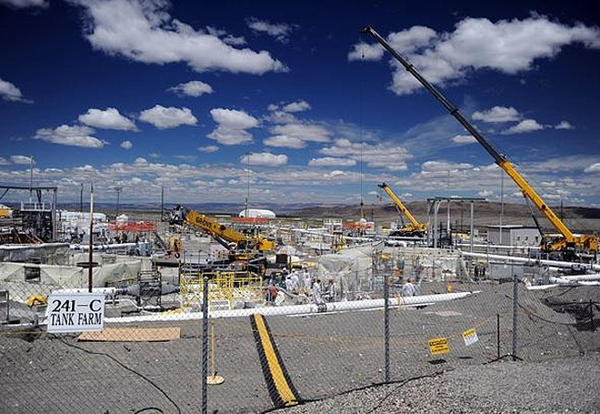
The First Hanford Tank Farm Is Almost Cleaned Out. Now What Happens?
Listen
A major milestone is approaching at the Hanford Site in southeast Washington state. After nearly two decades of work, contractors have just finished cleaning out the first group of 16 radioactive waste tanks.
After the tank farm is officially declared cleaned out by Washington’s Department of Ecology, the federal government has to decide what to do with the tanks themselves.
Either all the tanks, contaminated soil and equipment and piping would have to be dug up and disposed of—a hazardous and expensive job—or the U.S. Department of Energy would have to make its case to leave the tanks in place, sealing them off.
Ecology said the feds might be proposing the landfill option soon. That would mean contractors would clean up ‘hot spots’ of soil, grout the tanks closed forever and probably cover the entire farm with some kind of structure so rainwater couldn’t seep in.
Ecology officials think a plan will be rolled out to the public in the first half of 2018.
In total, there are 177 tanks at Hanford. They hold more than 50 million gallons of highly radioactive sludge. About 1 million gallons of waste has already leaked from multiple tanks already. The federal government has spent millions of dollars transferring waste from older single-hulled tanks to newer double-hulled tanks.
All of the tanks at Hanford date back to World War II and the Cold War. The tank waste is leftover from making plutonium for nuclear bombs.
The federal government is still trying to build a huge factory to treat all the radioactive waste. But that factory has been under a lot of scrutiny as it has cost more and taken much longer than planned.
9(MDAyNTQ1NzQ1MDEyMjk0OTcxNTI4MzljZQ001))
Related Stories:

Idaho doctor: Abortion access ‘integral to the practice of OB-GYN’
Idaho has one of the strictest abortion bans in the country. On April 24th, the U-S Supreme Court is scheduled to hear oral arguments in a case to decide whether Idaho’s ban violates a federal law mandating emergency care. Continue Reading Idaho doctor: Abortion access ‘integral to the practice of OB-GYN’
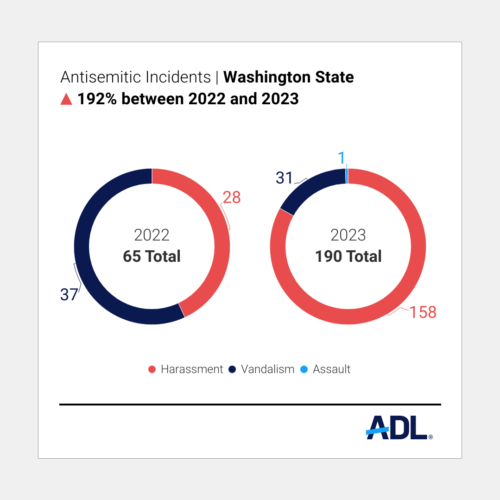
Audit finds marked increase in antisemitic incidents
According to a new report released April 16, by the Anti-Defamation League, 2023 had the most reported incidents of antisemitism nationwide since the organization began tracking incidents of antisemitism in 1979.
Last year, there were 8, 873 reported incidents of antisemitism nationwide, which the organization averages to one incident every hour.
Continue Reading Audit finds marked increase in antisemitic incidents

Nueva ley de WA sobre DEI en educación divide a residentes de Prosser
Las escuelas de Washington deben incluir en sus planes de estudios la historia y las contribuciones de grupos marginados y poco representados en el marco de la diversidad, la igualdad y la inclusión. Sin embargo, en Prosser, la ley recién aprobada ha causado divisiones. Continue Reading Nueva ley de WA sobre DEI en educación divide a residentes de Prosser



